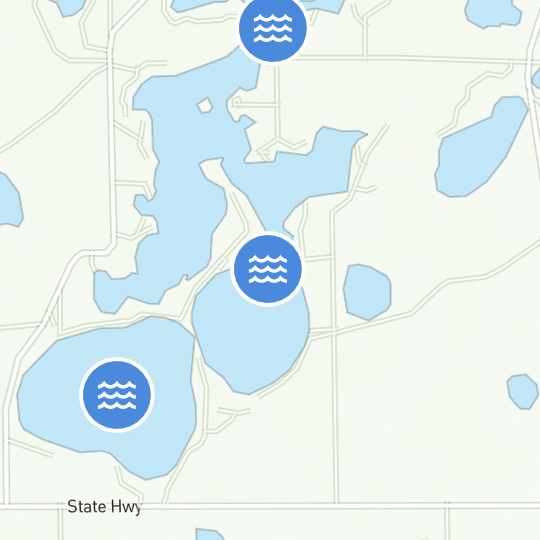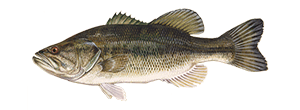How to Use Ball Sinkers
Ball sinkers are some of the most popular types of fishing sinkers because of the freedom they afford the bait to move around. Mastering how to attach a ball sinker to a fishing line will help you have a more productive day on the water.
Choose the Right Size Sinker for the Conditions
When it comes to increasing your catch rates, having the right sinker size is one of the most important factors. That’s because if a weight is too heavy, it will drop the bait before you can hook a fish and if it’s too light, you may not reach your target zone.
The ball sinker comes in many different sizes and weights, which makes it a popular choice among anglers. To select your sinker, it’s wise to consider factors such as the tide, current, and water depth as well as the species of fish you’re after. For example, fish like flounder are found in shallower waters, where you’ll need a lighter sinker, while species like sea bass are bottom fish so will require a sinker with more heft.
Once you settle on a size, remember that when it comes to sinkers, it’s a good idea to pay attention to your line’s behavior while you’re out on the water such as how quickly it’s coming off the spool.
Depending on what you observe, you may want to change your sinker size to make sure you’re hitting your target zone and best presenting your bait at the right depth. Sometimes, it’s a matter of trial and error to find the right size, which makes the ease of adding ball sinkers to your line that much more appealing.
Rig Your Line The Right Way
Your sinker is just one element of your rig, but it’s one you want attach correctly since it can make or break your day on the water. When learning how to rig a fishing line, keep in mind that knowing how to put a sinker on a fishing line isn’t complicated but it does require close attention.
One of the primary points to know when learning how to attach a ball sinker to a fishing line is that you can attach your sinker directly onto the hook or you can use a swivel. The use of a swivel allows the fish to take your bait without feeling the weight of the sinker because when your rig hits the water, the sinker will move up and away from the bait. But remember that once your ball sinker reaches the swivel, the fish will notice the heft.
When using a swivel, to start, thread your ball sinker onto your main line. Then cut a section of your main line or trace line and toe a swivel on one end of this piece and a hook on the other. Lastly, tie the ball sinker to the other end of the swivel with a half-blood knot or uni knot, which is a quick-tying knot.
Tying a uni knot is relatively simple. It really just takes three steps.
- Thread the line through the sinker.
- Lay 5 to 6 inches of the tag end over the main line.
- Make a loop by taking the tag end of the line from the left and double back to make four or five wraps around both lines, then run the tag end through the loop that was formed.
Changing the Hook and Sinker Setup
With sinkers, remember it’s not necessarily one and done. Even if you’ve built your rigging for the conditions, you may need to change your hook and sinker setup throughout your outing to fit your fishing situation and improve your chance of success. Feel what’s happening and, for the best results, use just the right approach so your bait gets into the right position and looks natural, while allowing you to easily set hooks.
See more about different types of fishing gear and tackle and how to use it at, including instructional videos and detailed diagrams.
KEEP LEARNING

How to Tie the Non-Slip Loop Knot
The non-slip loop knot is a popular and reliable choice for securing hooks, lures, and other tackle to your fishing line.
LEARN MORE

Socials
Take me fishing social media links
LEARN MORE

TakeMeFishing x Teen Vogue
Join us on a creative journey as fashion designer Ahmrii Johnson walks us through her collaborative vision and process with Teen Vogue and fashion brand, Rentrayage, to create a special piece.
LEARN MORE


.png?lang=en-US&ext=.png)